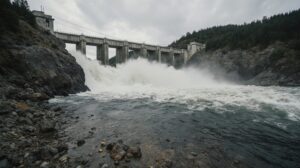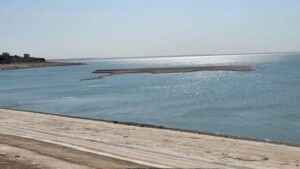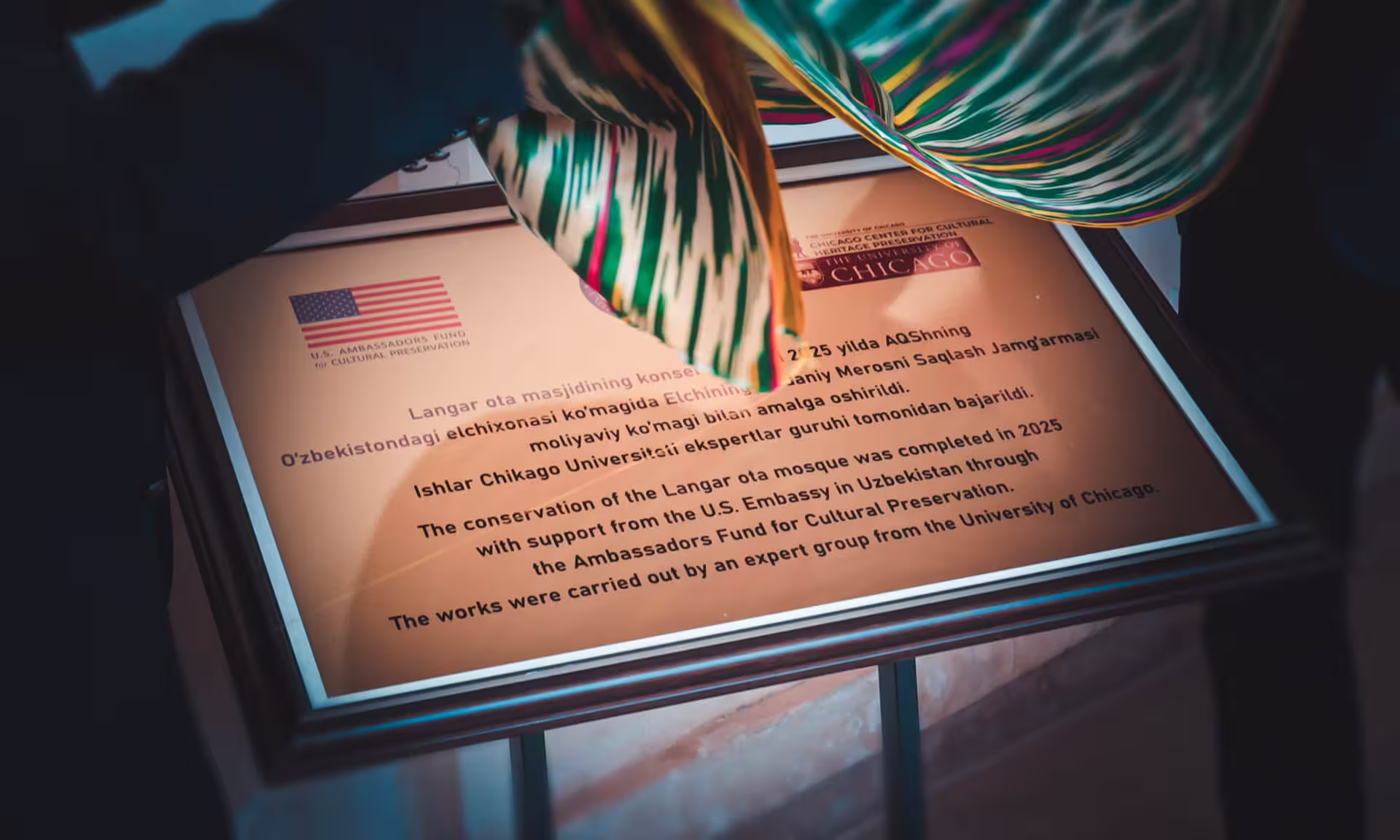Everyone knows that as you gain altitude in the mountains, it becomes more difficult to breathe due to rarefied air and a decrease in the amount of oxygen. This physical law is unimposed. However, access to information, as it turns out, follows different, much more confusing patterns, especially when it comes to large-scale projects in sensitive natural areas. The Ecological Society «Green Salvation» from Almaty (Kazakhstan) on its website spoke about the information blockade around plans for the development of Lake Issyk:

At the beginning of April 2025, the official website of the Akimat of the Almaty region announced the upcoming large-scale reconstruction of the dam on Lake Issyk. The project, positioned as «the project of our whole life» by the general director of LLP «Habel», involves private investment in the amount of 23.6 billion tenge. The stated goals are to improve the safety of the hydraulic structure, create 180 new jobs and develop tourism infrastructure. The investor expressed his desire to turn Issyk into the calling card of Kazakhstan, emphasizing «a thrifty, reasonable attitude towards Nature».
Two weeks later, the publication «Italics» added an important detail: the new manager of Lake Issyk, who received the facility in trust for 49 years, plans not only to restore the dam and develop tourism, but also to build a hydroelectric power station (HPP). It was clarified that Lake Issyk is located on the territory of the Ile-Alatau National Park, and modernization of the dam is long overdue after an unsuccessful previous experience.
Despite optimistic statements, the ecological society «Green Salvation» has serious environmental and legal issues. Firstly, if the lake and its shores are really located within the boundaries of the national park, then, according to the legislation of Kazakhstan on specially protected natural areas (SPNA), all real estate on them must be transferred to environmental institutions with the right of operational management, and not to private companies in trust.
Secondly, Lake Issyk directly borders the Almaty State Nature Reserve, around which a two-kilometer protection zone has been established. The laws on protected areas categorically prohibit any activity in the protected zones of nature reserves and national parks that could change the hydrological regime of ecosystems. This includes the construction of dams, levees and other waterworks that may cause the natural flow of water to cease or decrease. Thus, even if the lake itself is not included in the national park, its location in the protected zones of two objects at once imposes strict restrictions.
Thirdly, there really is already a sad experience. In 2020, Lake Issyk became very shallow, and the probable reason for this was the operation of the new HPP-1, launched a year earlier, as well as the previous HPP-2, HPP-3 and HPP-4. Water from the lake was drained for the needs of hydroelectric power plants. The question still remains open what impact these manipulations with water levels have on the unique ecosystems of the reserve and national park, which were not created to generate electricity.
The situation is aggravated by many years of uncertainty about the boundaries of the park, reserve and their protected zones. There are no special signs marking these boundaries on the shore of the lake, although this is a direct requirement of the law. The Land Code, in turn, prohibits the use of a land plot until its boundaries are established on the ground and title documents are issued.
The attempt by environmentalists to clarify the situation with the help of official maps only added to the confusion. The map of the Ile-Alatau National Park, published on its website, turned out to be so sketchy that it was not even possible to find the lake itself on it. The map of the Almaty State Nature Reserve is more detailed and indicates that the eastern and southeastern shores of the lake are within the boundaries of the reserve. On the portal «Specially protected natural areas», the entire water area of the lake and its shores are included in the park lands. The most amazing document was the map on the website «Unified State Real Estate Cadastre». According to it, Lake Issyk and its coast (cadastral number 03044307109) are classified as «Lands of industry, transport, communications…» with a designated purpose «for the placement of rural protection structures and industrial mines» and are under the jurisdiction of the State Institution «Department of Agriculture of the Almaty Region». This is reminiscent of Kozma Prutkov’s famous phrase: «If you read the inscription “buffalo” on an elephant’s cage, do not believe your eyes».
In search of the truth, environmentalists sent official requests. The Committee of Forestry and Wildlife, which is in charge of the reserve and the national park, answered succinctly: Lake Issyk and the construction of hydroelectric power stations are not within their competence, recommending contacting the akimat of the Almaty region. This indifference to the fate of the accountable territories is a matter of grave concern.
The next request, sent on May 12 to the Office of the Akim of the Almaty Region, contained specific questions: which government agency will make the decision on the project, what are the possibilities for public participation, is the public properly informed, where to obtain a feasibility study (feasibility study) for the project and whether an environmental impact assessment (EIA). The request referred to the rules of the Environmental Code, the Law «On Access to Information» and the Aarhus Convention, emphasizing the public’s right to full access to all information held by decision makers.
The reaction followed immediately, but turned out to be a bureaucratic carousel. The appeal was registered and sequentially forwarded: first to the Tourism Department, then to the Department of Natural Resources and Environmental Management. Then the Tourism Department redirected it further, the Agriculture Department did the same. Next, the Department of Water Resources and Irrigation got involved and also forwarded the request. Ultimately, on May 19, the appeal ended up in the Finance Department of the Almaty Region. This rapid reshuffle between departments left social activists in complete confusion as to who and when will provide a comprehensive and reliable answer.
It appears that at 1,700 metres above sea level, not only is access to oxygen limited, but also to important environmental information. However, these are no longer the laws of physics, but manifestations of bureaucratic games. Legislators may need to consider a proposal to amend all relevant laws: «Access to information does not depend on altitude».




